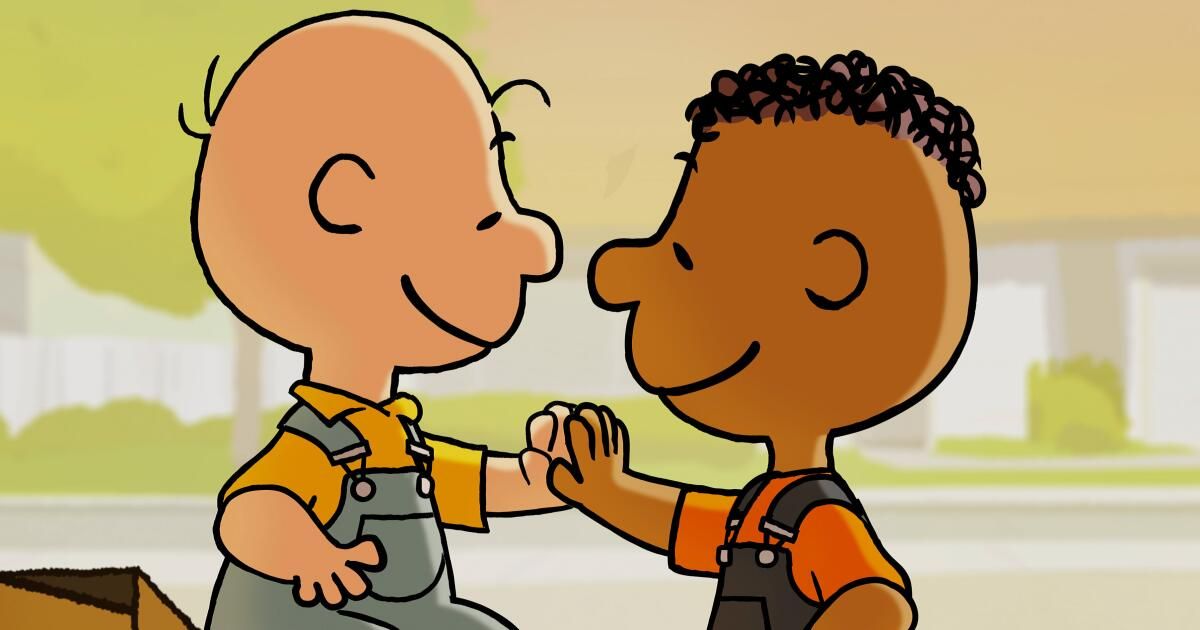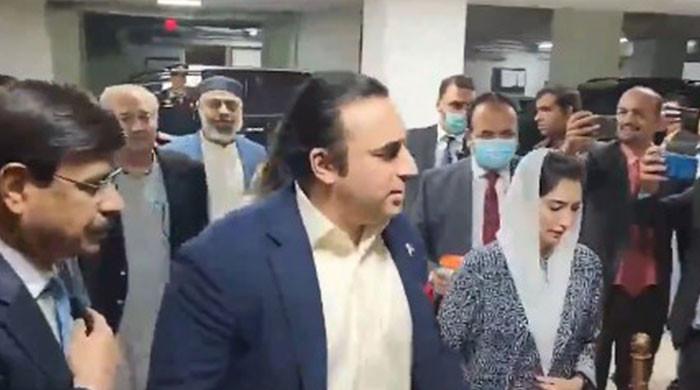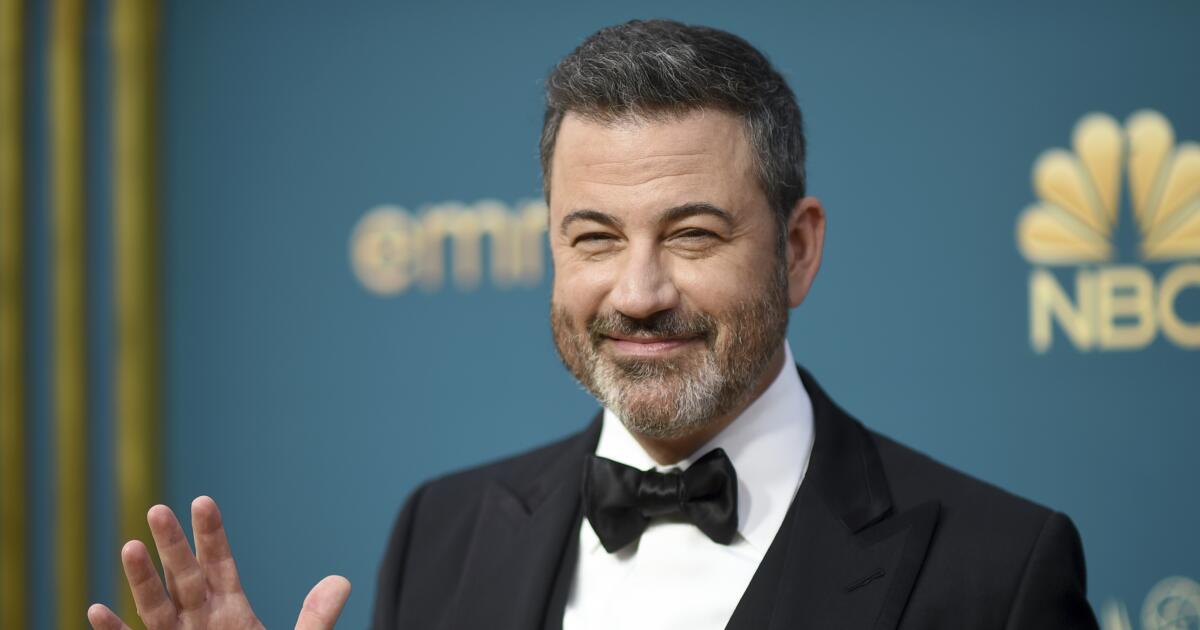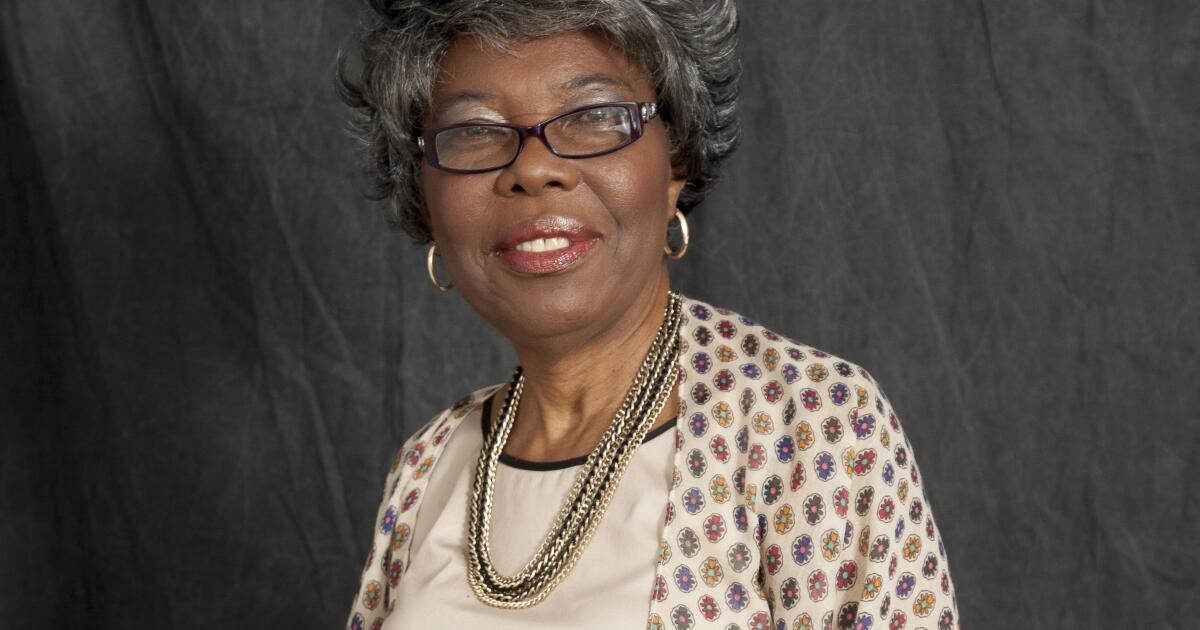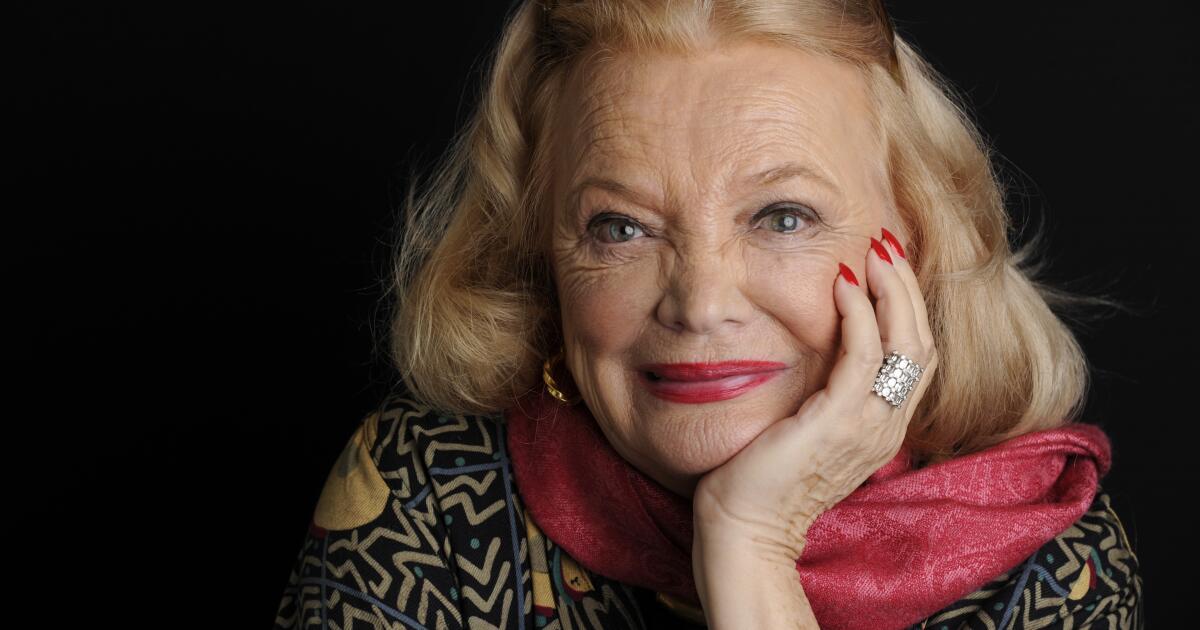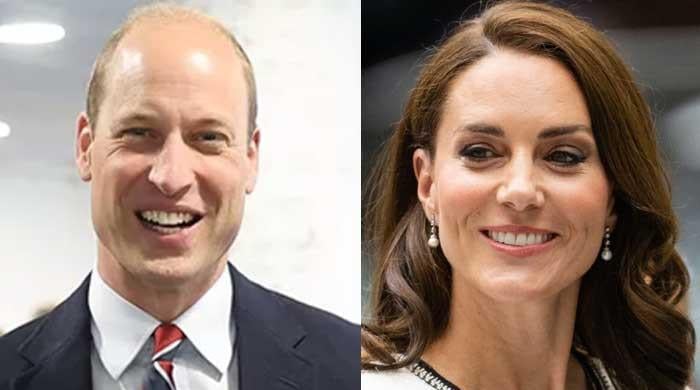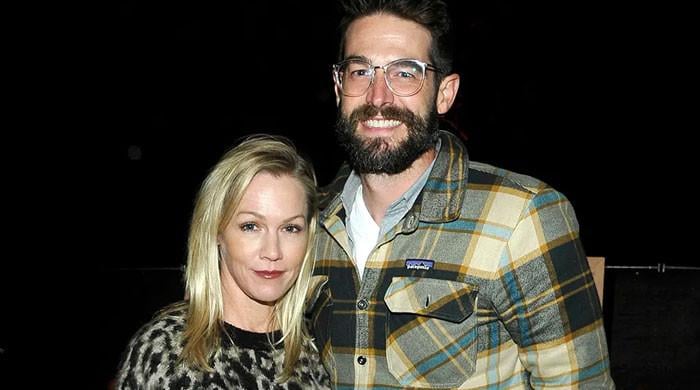Comic book artist Robb Armstrong was 6 years old when Franklin, the first black “Peanuts” character, debuted in Charles M. Schulz's beloved comic strip on July 31, 1968.
school teacher Harriet Glickman had written to Schulz after the assassination of the Rev. Martin Luther King Jr. in April of that year. She believed that introducing a black character into Charlie Brown's world would have a positive effect on such a racially divided society. The correspondence eventually led to the creation of Franklin.
“I know seeing Franklin in a newspaper changed my life,” Armstrong says. “The month he came on 'Peanuts' was the same month my brother died in an accident. I remember feeling a glimmer of hope. At that time this representation was not seen in the newspaper.”
Now, nearly 56 years later, viewers will finally learn what brought Franklin to the world of “Peanuts” in a new Apple TV+ special premiering Friday, “Snoopy Presents: Welcome Home, Franklin.” Armstrong, who befriended the legendary Schulz, co-wrote the special.
Armstrong met Schulz, whom he calls “Sparky,” a few months after his comic strip “Good start” was syndicated in 1989. A lifelong “Peanuts” fan, he named the comic's two main characters, Marcy and Joe, after Peppermint Patty's best friend, Marcie, and Snoopy's alter ego, Joe Cool . Schulz invited Armstrong to his house after Armstrong sent him a “JumpStart” comic in which Marcy confused the lyrics with “Wait, Sloopy” like “Wait, Snoopy.”
“He said, 'Robb, your strip is great. “JumpStart” has what “Peanuts” has: great characters. “I remember that and save it for when I have to sit down and do this job,” Armstrong says. “He had a professional respect for me and always treated me like I was on his level. “.
Still, Armstrong says he wasn't prepared when Schulz called him to tell him that Franklin would be given the last name “Armstrong” as a tribute to him in the 1994 television special “You're in the Super Bowl, Charlie Brown.”
“I was very close to this character long before this opportunity arose,” he says of writing Franklin's origin story.
Craig Schulz continues his father's legacy alongside his son (and Charles' grandson) Bryan Schulz. The specials they have created on Apple TV+ have put many of the beloved “Peanuts” characters in the spotlight. In August, there was “Snoopy's Presents: One-of-a-kind Marcie” and before that “Snoopy's Presents: Lucy's School.” But Craig Shulz knew that he, Bryan, and Cornelius Uliano, his writing partner and executive producer, couldn't write Franklin's story alone.
“We didn't want to speak for the black community,” says Craig Schulz. “We wanted to treat Franklin with the respect he deserves. robb [brings] that piece of the puzzle that we don't have, and that's what makes [the special] They really come to life.”
In “Welcome Home, Franklin,” Franklin moves into the world of “Peanuts” and struggles to make friends. His father is in the military and Franklin has moved around a lot. He meets Charlie Brown on the beach in a scene that recreates what happened in the comic strip where he introduced himself to Franklin.
For the first time in a “Peanuts” special, a character breaks the fourth wall as Franklin speaks directly to the audience.
“We like to try to push the limits of what's acceptable in the 'Peanuts' world and make it a little more interesting for new viewers,” Schulz says.
The special also acknowledges the lack of diversity before Franklin's arrival. Franklin looks at all the characters eating vanilla ice cream and says, “One thing was for sure: there was a lack of variety in this place.”
“We had a lot of discussions about that scene,” Schulz says. “How to clarify and define diversity in this 'Peanuts' universe. That's when I came up with the idea for vanilla ice cream. It is very subtle and conveys the message.”
Franklin and Charlie Brown bond while building a car for the upcoming soap opera derby. Franklin tells Charlie Brown about his uncle who played baseball in the Negro Leagues and shares his love of the music of Stevie Wonder, John Coltrane and Chuck Berry. Many of the details of Franklin's life mirror that of Armstrong.
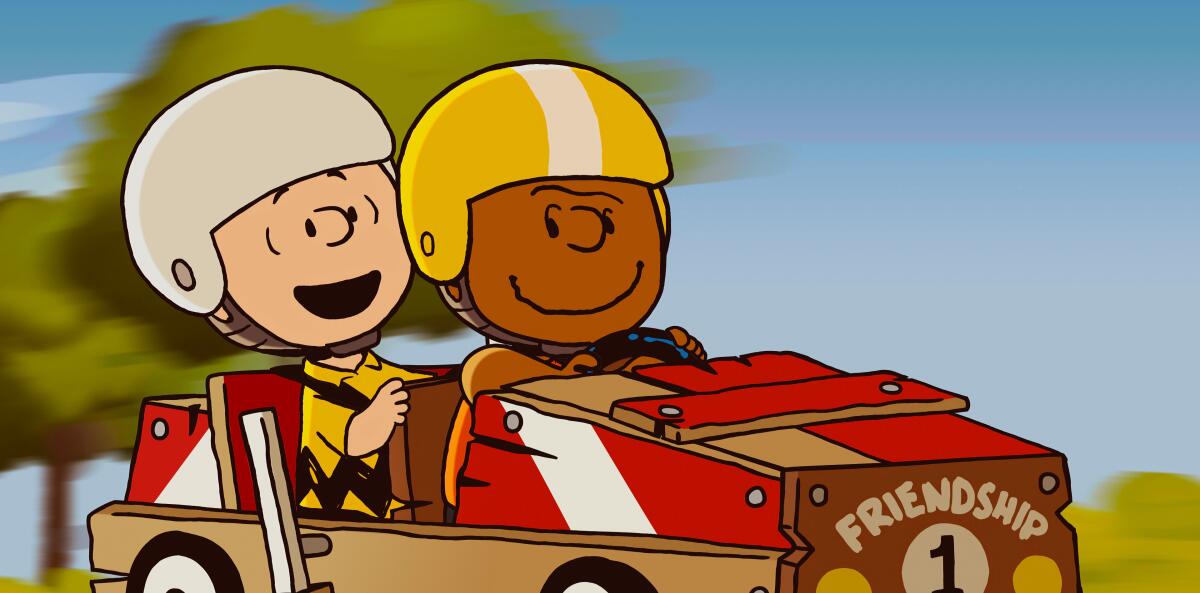
Charlie and Franklin work together to build a car for the “Welcome Home, Franklin” derby.
(Apple TV+)
“I began to relate to Franklin so strongly that sometimes I didn't know where I ended and he began,” Armstrong says. “My great-uncle Eugene Benson played in the Negro Leagues. All that is true. Franklin is expressing many parts of me that I never had the chance to express. I was able to tap into a lot of emotional content. The reason this special is so good is that the creation of it reflects its own existence.”
However, Armstrong took issue with one particular plot point in the special. Franklin and Charlie Brown get into a fight when their derby car falls apart.
“I was very worried,” he says. “Franklin suddenly explodes in Charlie Brown's face. I don't think Charlie Brown deserves to be talked to like that. In the strip's canon, he's never been this bad. But you know what? They were right. “It's one of the most significant things anyone will see in the world of animation.”
Director Raymond S. Persi says that at the beginning of each project, he tries to tap into the emotional journey of the characters, whose friendship grows in real time. He thought about what it feels like to be an outsider when you're trying to fit in and said we've all experienced that.
“Franklin meets Charlie Brown, who is completely authentic all the time, and Franklin connects with him and starts to let his guard down,” he says. “I have never worked on anything that meant more to me. This is a crazy place and it makes it more interesting to watch Franklin try to fit in. He’s not weird like these kids, but he loves who they are.”
Interspersed throughout the story are homages to classic Peanuts moments. Franklin meets Linus in the pumpkin patch waiting for the Great Pumpkin. Later, he stops by Lucy's psych station. Schulz says “Peanuts” fans want to see these iconic callbacks. “They really want to connect with those old memories,” he says. “It takes you back to the days when you had to sit in front of the TV with all your friends and wait [the Charlie Brown specials] come.”
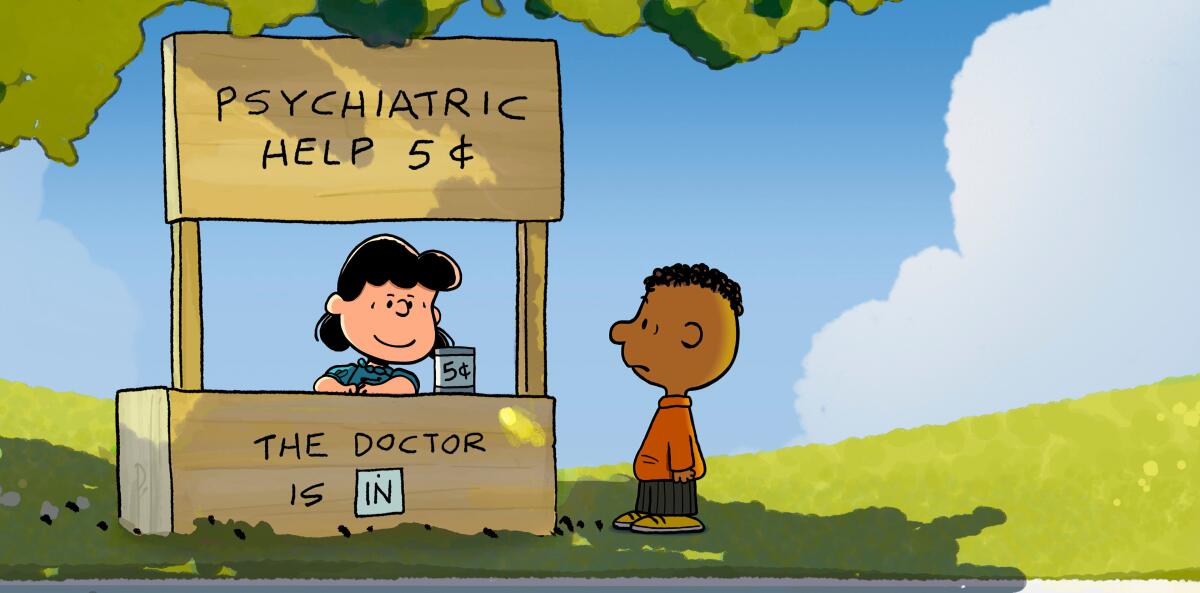
Franklin at Lucy's psychiatric unit, one of several scenes paying homage to the comic strip “Peanuts.”
(Apple TV+)
Even though it's 2024, “Welcome Home, Franklin” looks almost the same as the beloved specials created decades ago. This is due to the jazz score created by composer Jeff Morrow, the animation that replicates Schulz's original line drawings, and the script, which captures the way the characters speak.
“Craig and Bryan are there to keep the guardrails up and make sure we don't stray too far from what these characters would or wouldn't say,” Persi says. “The basic idea is the same. Their problems are small and their world is small.”
Schulz says it's imperative that when parents sit down to watch a “Peanuts” special, they know they're in a safe universe.
“The pace has to be that nice and slow. The ‘Peanuts’ world – you breathe it, you smell it and you enjoy the moment,” she says. “When my dad wrote the comic strip, he never wrote it for children. It was always written for adults. We really don't give kids enough credit. 'Peanuts' is a world in which all children would want to live. “All the children are good to each other and they all treat each other with love and respect.”
This is especially true of “Welcome Home, Franklin.”
“At its core, a special like this is expected to remind kids to give everyone a fair chance and get to know people on an individual level,” Persi says. “I think as adults we need to remember that lesson more than just children. By being open to someone who may seem different, you will see how much you have in common.”
Armstrong says he's still pinching himself for having had the opportunity to tell Franklin's story.
“I'm very happy to have participated in this,” he says. “It was about continuing the legacy of my friend Sparky Schulz. His legacy with Franklin and 'Peanuts' deserves to be carried forward superbly. What he did with his life is extraordinary and absolutely exquisite.”

